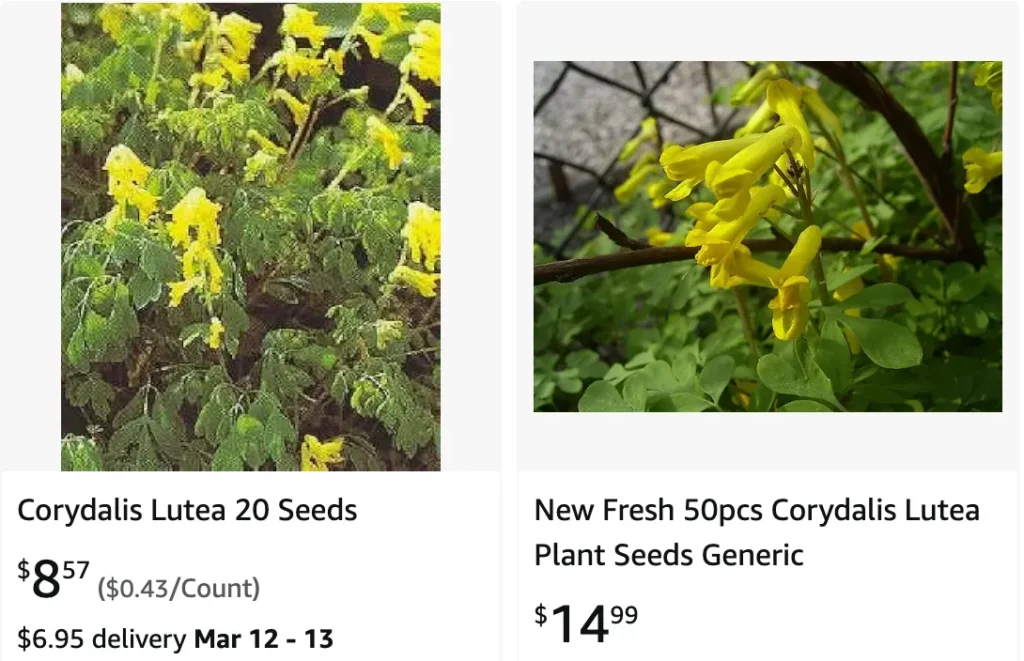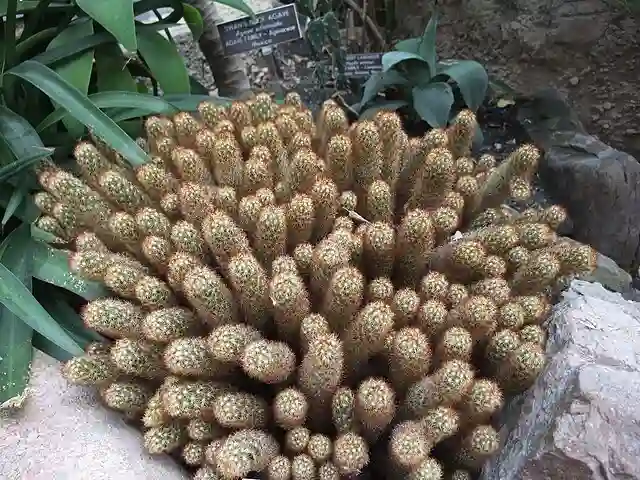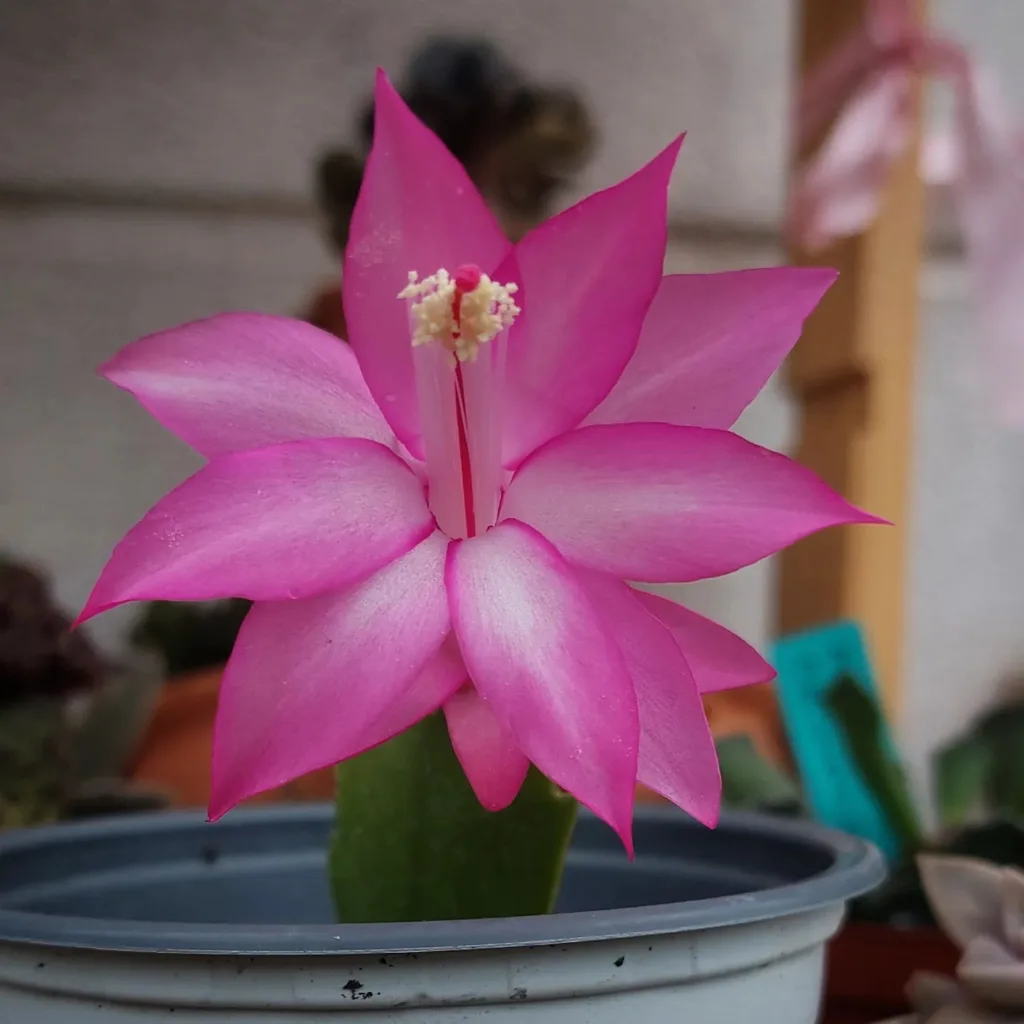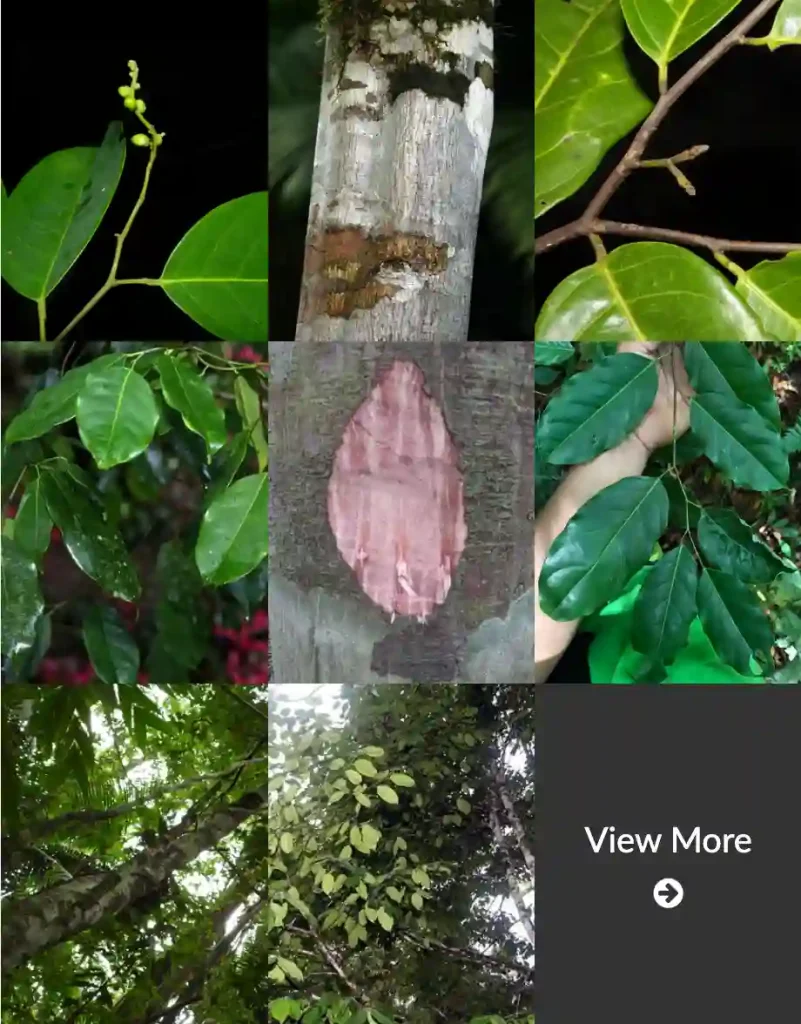
A Gardener’s Guide to the Charming Yellow Corydalis Lutea
The yellow corydalis lutea, a cheerful pop of sunshine in the shade, has become a firm favorite in my garden. This easy-going perennial thrives on neglect, rewarding you with a cascade of golden blooms for months on end. Whether you’re a seasoned gardener or just starting out, the corydalis lutea is a delightful addition to any shady corner.
In this article, I’ll share my experience with this charming plant, guiding you through everything you need to know about growing and caring for corydalis lutea.
543 Species in Genus Corydalis
Is Corydalis Lutea a Native Plant?
Though the corydalis lutea graces gardens worldwide with its sunny disposition, its origins lie in the foothills of the southwestern and central Alps of Italy and Switzerland. Despite its European heritage, it readily adapts to various climates, making it a versatile addition to gardens across the globe.
How to Care for Corydalis Lutea?
The corydalis lutea is a low-maintenance plant that thrives on a bit of neglect. Here are some key things to keep in mind:
- Light: Corydalis lutea prefers partial shade to full shade. In very hot climates, some morning sun is tolerated. Avoid harsh afternoon sun, which can scorch the foliage.
- Soil: Well-drained soil is crucial. Amending clay-heavy soil with compost or sand will ensure proper drainage.
- Watering: Water regularly during the first growing season, especially during hot and dry spells. Once established, corydalis lutea is quite drought tolerant.
- Feeding: Feeding is not necessary, but a light application of compost in spring can provide a boost.
How to Grow Corydalis Lutea from Seed?
The corydalis lutea readily self-sows, offering a delightful surprise of baby plants popping up around the parent plant. However, if you’d like more control over propagation, seed saving is an option.
Here’s how to grow corydalis lutea from seed:
- Collect Seeds: Allow the seed pods to dry on the plant until they turn brown and papery. Carefully collect the seeds and store them in a cool, dry place until spring.
- Sowing: Sow the seeds directly outdoors in a prepared seedbed in early spring. Alternatively, you can start them indoors in pots filled with a seed-starting mix about 6-8 weeks before the last frost.
- Germination: Keep the soil moist but not soggy. Germination can take anywhere from 14-21 days.
- Transplanting: Once the seedlings have a few sets of true leaves, harden them off for a week before transplanting them to their permanent location in the garden.
What to Plant with Corydalis Lutea?
The corydalis lutea pairs beautifully with other shade-loving plants. Here are some ideas for companion plantings:
- Hostas: The contrasting foliage textures of the bold hostas and the delicate fern-like leaves of the corydalis create a visually pleasing combination.
- Ferns: Ferns share the corydalis lutea’s preference for shade and moisture, creating a harmonious woodland feel.
- Heuchera (Coral Bells): The colorful foliage of heuchera adds another layer of interest to the shade garden, complementing the yellow blooms of the corydalis lutea.
- Spring Bulbs: Early blooming bulbs like daffodils and tulips provide a burst of color before the corydalis lutea takes center stage.
Beyond the Bloom: Additional Tips for Corydalis Lutea
- Deadheading: Deadheading spent blooms encourages continued flowering throughout the season. Simply pinch off the flower stalks at the base.
- Dividing: Established clumps of corydalis lutea can be divided in spring or fall to create new plants.
- Pests and Diseases: Corydalis lutea is generally pest and disease resistant. However, in rare cases, they may be susceptible to slugs and snails.
The corydalis lutea is a gem for the shade garden, offering a low-maintenance solution for adding a touch of sunshine to shady corners. With its easy-going nature and cheerful blooms, this charming perennial is sure to become a favorite in your garden as well.
If i die, water my plants!



